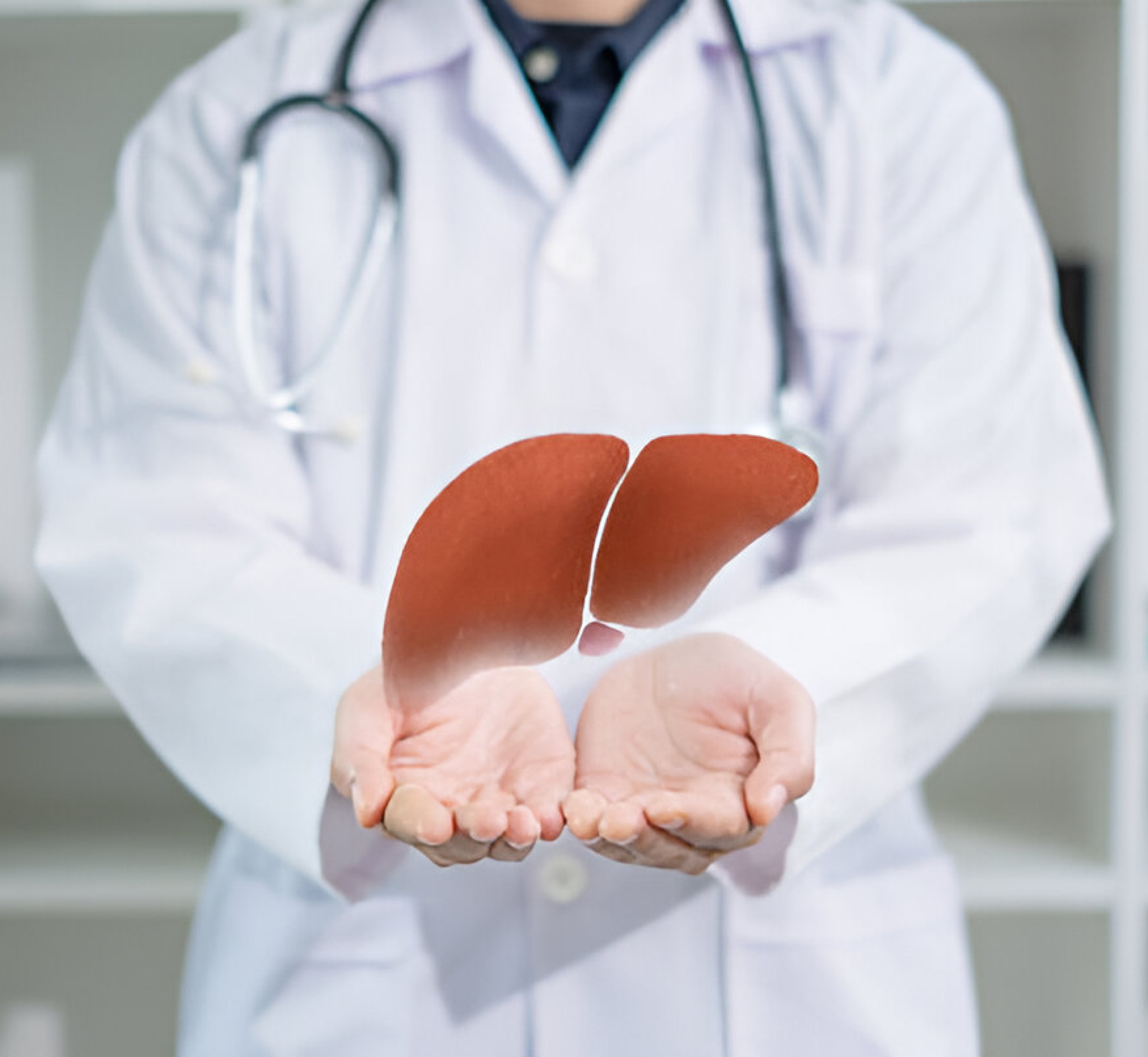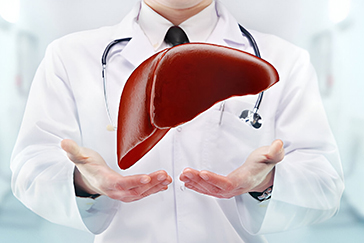 Book Appt.
Book Appt.
 Call Now
Call Now


Abdominal wall hernias are common conditions where internal organs or tissues protrude through weak spots in the abdominal wall. Traditionally, hernia repair involved open surgery, which required a larger incision and longer recovery times. However, the advent of minimally invasive techniques has revolutionized hernia surgery, offering patients faster recovery, reduced post-operative pain, and smaller scars. This article explores the benefits and techniques of minimally invasive abdominal wall hernia surgery.
Benefits of Minimally Invasive Abdominal Wall Hernia Surgery
Techniques of Minimally Invasive Abdominal Wall Hernia Surgery
Post-Operative Care and Recovery
Following minimally invasive abdominal wall hernia surgery, patients can expect a relatively smooth recovery process:
Conclusion
Minimally invasive abdominal wall hernia surgery has revolutionized the way hernias are treated. With its numerous benefits, including smaller incisions, reduced post-operative pain, and faster recovery times, it offers an attractive alternative to traditional open surgery. As techniques continue to evolve, the future holds even more promise for improved outcomes in hernia treatment. If you suspect you have a hernia, consult with a healthcare professional to explore the most suitable treatment options for your specific case.
SHALBY Sanar International Hospitals provides extensive medical procedures backed up with our state-of-the-art technology and a team of highly qualified & experienced clinical experts.
Our doctors pen down their research findings and experiences from time to time. Their words provide deep insight into the latest techniques, technologies and other advancements in healthcare. It provides expert answers to all kinds of health questions for real-life issues.
VIEW ALL




Since the day of its foundation, SHALBY Sanar International Hospitals is committed to provide comprehensive healthcare services. It regularly organizes awareness programs in its premises and encourages outdoor healthcare activities and camps with an intent to put focus on preventive healthcare.
VIEW ALL